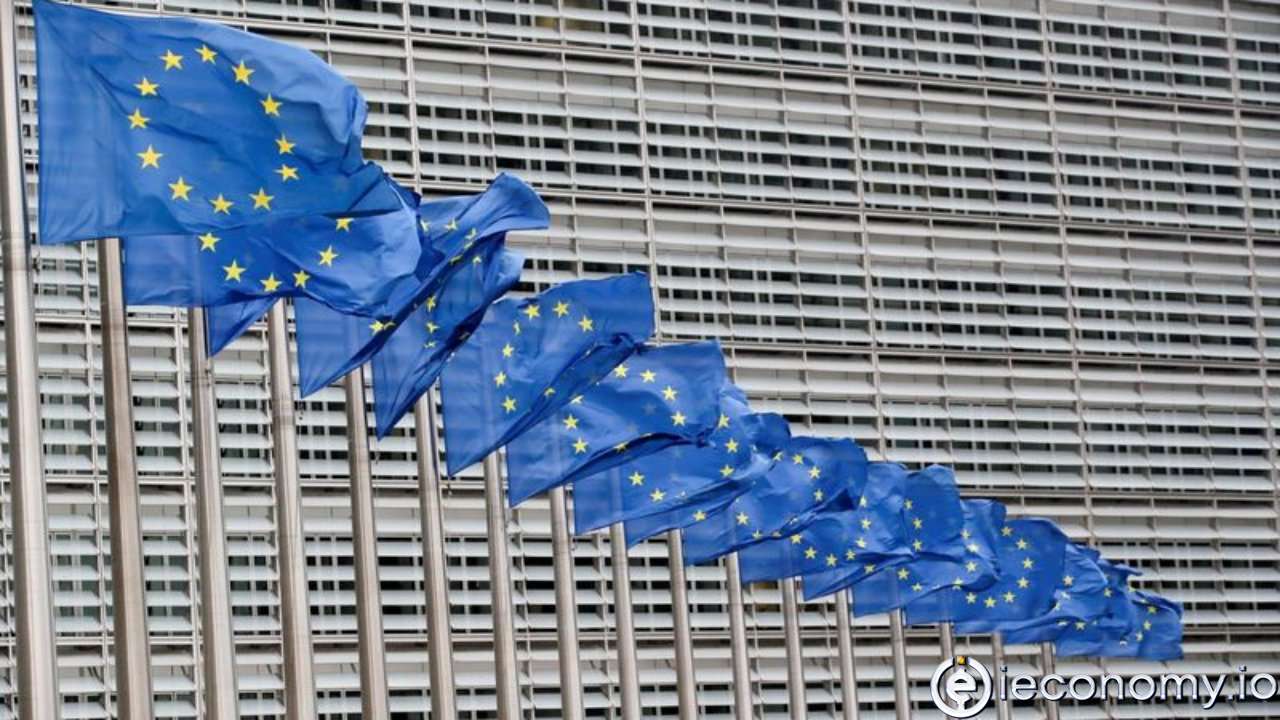3773
0
Inflation in the euro area accelerated to a 13-year high in September
Inflation in the euro area continued to accelerate in September, reaching its highest in 13 years. Rising energy prices remain the engine.

Yazar: Tom Roberts
Yayınlanma: 21 Ekim 2021 01:16
Güncellenme: 28 Aralık 2025 10:01
Inflation in the euro area accelerated to a 13-year high in September
Inflation in the euro area continued to accelerate in September, reaching its highest level in 13 years. Rising energy prices remain the engine. Year-on-year inflation rose to 3.4% in September from 3% in August, Eurostat said on Wednesday, confirming its rapid estimate from early October. Economists expected an increase of only 3.3%. In September 2020, annual inflation in the euro area was still at -0.3%. This means that the growth rate of consumer prices is well above the 2% inflation target of the European Central Bank (ECB). The growth rate of prices in September was the highest since September 2008. The engine of accelerating the growth rate of consumer prices in the euro area remains energy, whose prices jumped by 17.6% in September to + 15.4% in August. Prices of non-energy industrial goods increased by 2.1% after an increase of 2.6% in the previous month, prices of food, alcohol and tobacco increased by 2% the same as in August and prices of services by 1.7% by +1.1% . Consumer prices excluding energy in the euro area rose by 1.9% year on year in September, to + 1.7% in the previous month. Energy contributed most significantly to year-on-year inflation in September (+ 1.63 percentage points, pp), followed by services (+0.72 pp), non-energy industrial goods (+0.57 pp) and food, alcohol and tobacco (+0.44 pb). Inflation across the European Union (EU) accelerated to 3.6% in September from 3.2% in August. In the same month a year ago it reached 0.3%. Malta (0.7%) recorded the lowest inflation among EU Member States in September, followed by Portugal (1.3%) and Greece (1.9%). Conversely, the highest inflation rates were recorded in the Baltic States of Estonia and Lithuania (6.4% each) and Poland (5.6%).İLGİLİ HABERLER





European stocks soared and focus shifted to German retail sales after Powell's speech!

Forex Signal For TRY/USD: Inflation Slowdown in November.

Forex Signal For GBP/USD: Bullish Trend Still Not Breaking While Recovery Continues.

Forex Signal For EUR/USD: Starry US Data Points to Higher Fed Increases.

Forex Signal For BTC/USD: Downside Continues as Bitcoin Recovery Moves Less.
En Popüler Haberler
Yorum Yap
Yorumlar
Henüz yorum yapan yok! İlk yorumu siz yapın...